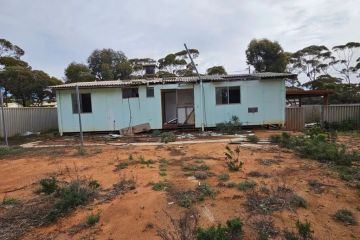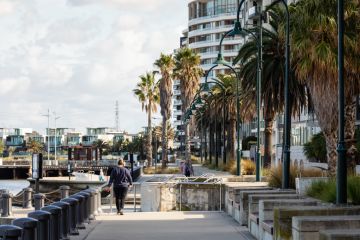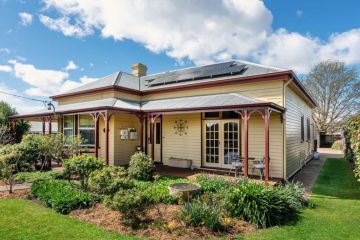'Deceptively complex': The surprising shade that won at this year's Dulux Colour Awards
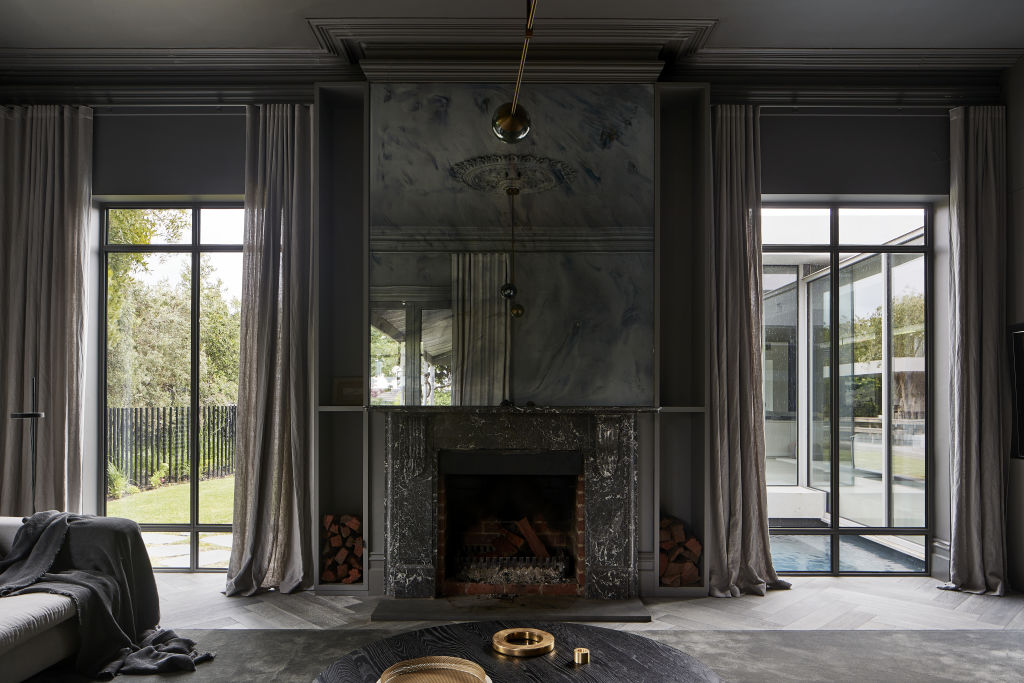
If ever there was a tool for expression and personalisation in the world of design, it would be colour.
Necessitating creativity and courage, the bold application of colour can produce joyous moments of drama, contradiction and surprise. Equally, a more subtle or minimalist palette can sit harmoniously in a space, providing a palpable sense of restraint, with cosseting warmth or calm and serenity.
Above all, a domain that employs colour to masterful result will be ever seductive and memorable, as brought to life in the winning entries of the 2023 Dulux Colour Awards.
“Colour is universal, but it means different things to different people,” says Dulux colour and communications manager Andrea Lucena-Orr. “This year’s suite of award winners epitomises the capacity for colour to transform spaces and elicit emotion in everybody.”
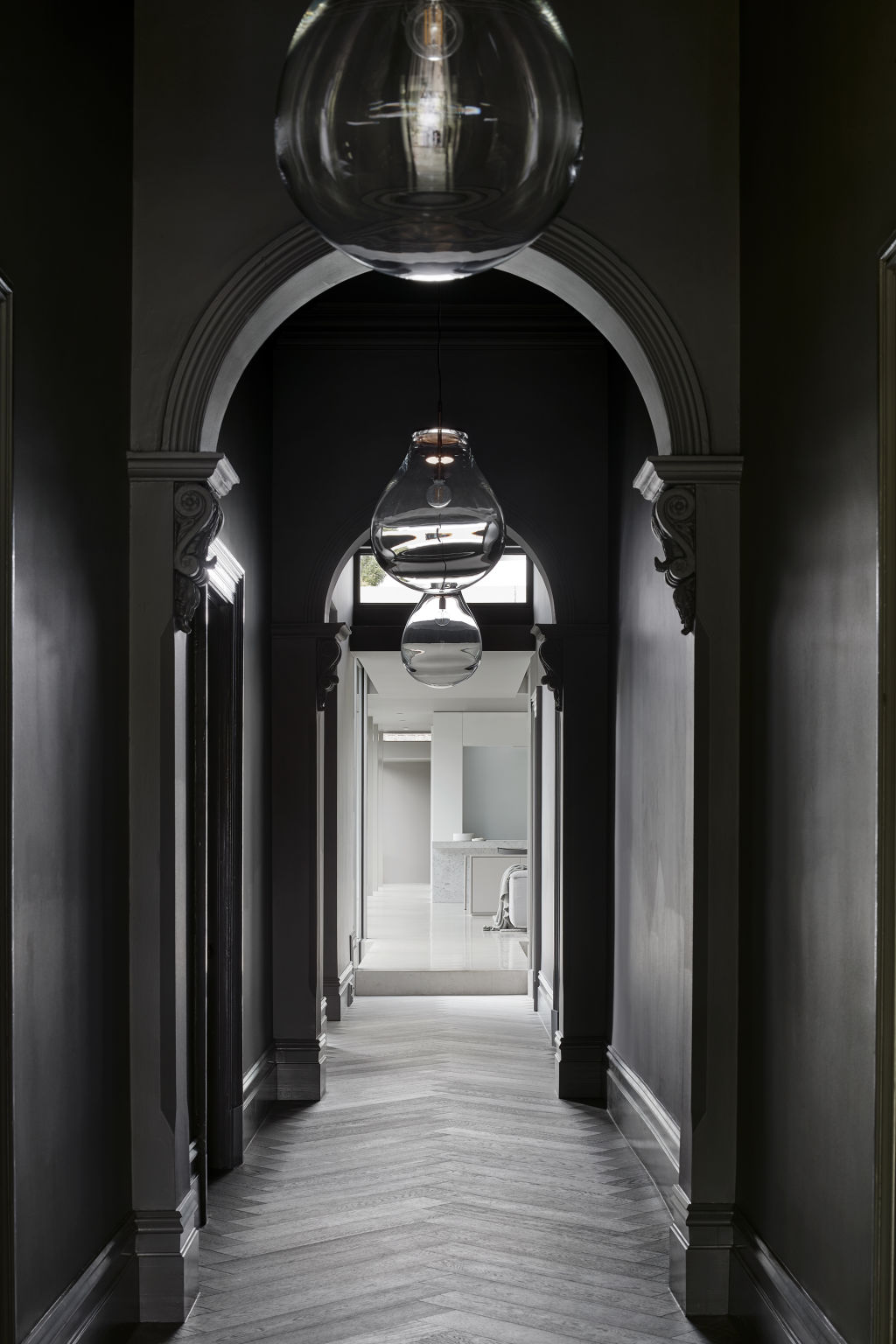
In its 37th year, the Dulux Colour Awards celebrate the transformational power of colour in a diverse range of residential and commercial designs. Selected from 113 finalists across Australia and New Zealand, all of the winning projects were notable for their commanding and inspired use of hues.
Indeed, with a record number of entries, the judging panel of leading architectural and design experts was awed by the calibre of this year’s finalists across the categories.
“The level of ambition in each brief and the sophistication in the palettes designed to realise those architectural aims increases every year,” says Lucena-Orr. “From a tiny apartment to a multistorey community hub, or a modest storage shed to a heritage theatre, the originality and brave employment of colour is outstanding.”
In fact, Lucena-Orr adds: “The majority of award contenders were so distinct from one another we fervently debated the merits of each, particularly in the Residential Interior, Workplace and Retail, Public and Hospitality, and Student categories”.
 ‘It’s not completely lost’: Meet the craftsman who can build a replica model of your childhood home
‘It’s not completely lost’: Meet the craftsman who can build a replica model of your childhood home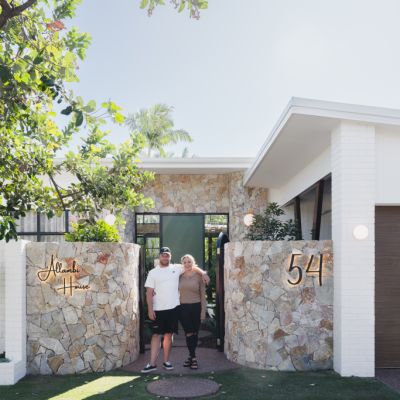 ‘It’s the ultimate party house’: Broadbeach Waters home hits the market after six-month renovation
‘It’s the ultimate party house’: Broadbeach Waters home hits the market after six-month renovation ‘I’ve got to buy this’: Why serial renovator Cherie Barber broke her own golden rule for this old warehouse
‘I’ve got to buy this’: Why serial renovator Cherie Barber broke her own golden rule for this old warehouse
With that said, trend-setting sage and blush shades pack a distinctive punch in several of the entries, while many designers also chose to cast the spotlight on a singular paint colour.
Alma Road Residence, a gracious heritage home in inner Melbourne, was crowned the winner of the prestigious Residential Interior category for its “theatrical yet calm” rebirth by holistic architecture and interior design practice Studiofour.
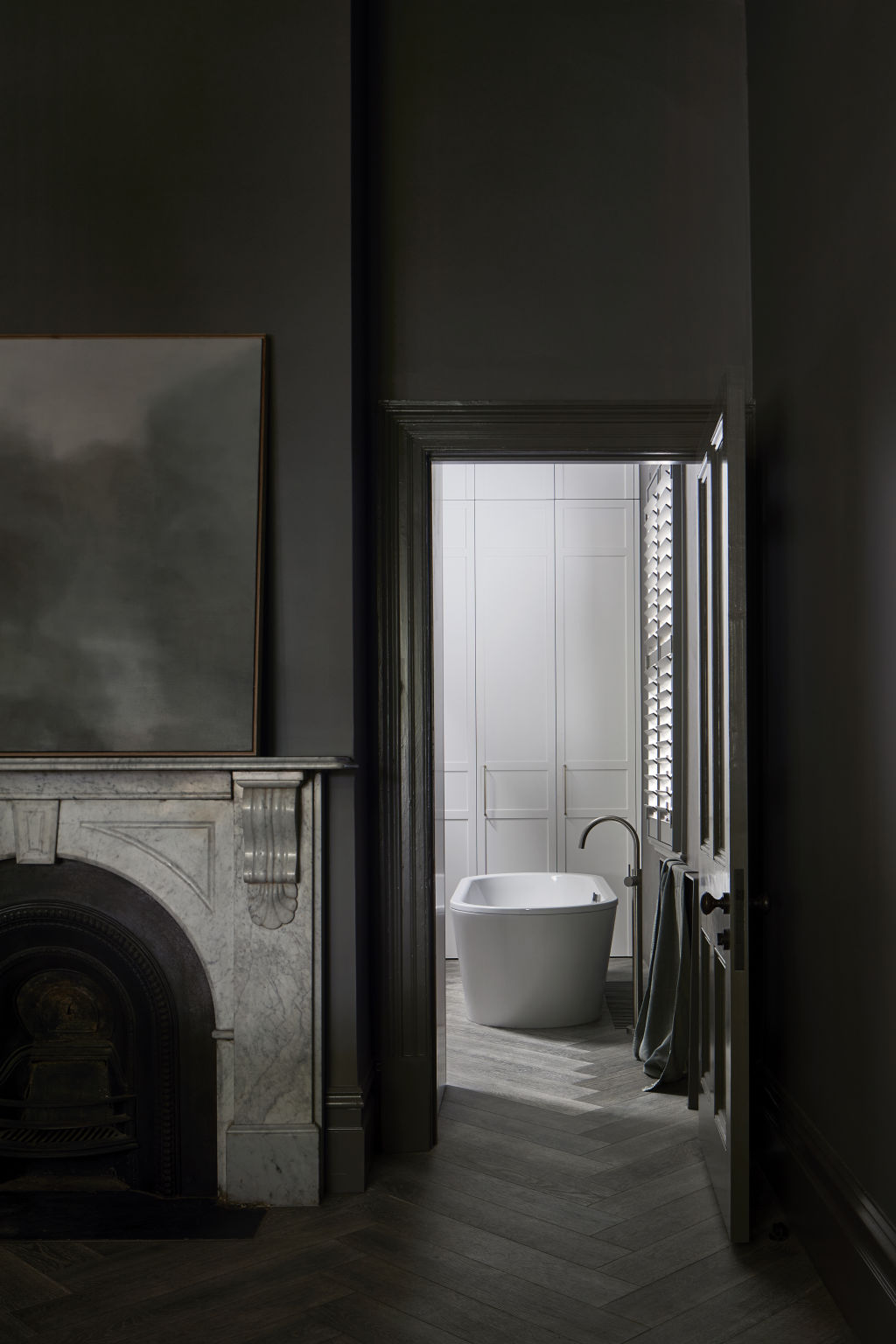
As enticing as it is striking, Studiofour’s considered revision proves less can certainly be more when it comes to colour. Without the need to rely on “trickery”, the simple but dramatic scheme pays respectful homage to the residence’s historic past, while priming the family abode for an exciting new chapter.
The home’s sophisticated yet surprisingly moody palette of “grey and white, matt and gloss is deceptively complex,” agrees judge Lisa Lee, senior interior designer of Snohetta. “In reinstating the proportions and ornate detailing of the original, the architects have employed a simple palette with holistic consideration.”
Also catching the judges’ eyes with its exquisite paint palette – earning its designer, Lintel Studio for Architecture, a Residential Interiors commendation – is the inspired Studio Elroy. Proving size is no impediment to colour-loaded style, the 19-square-metre supremely-functional “tiny home”, crafted in what was once the basement of a heritage building, is swathed in rich hues of crimson, from salmon through to garnet.
In fact, while the architects reveal their selection of the deep cochineal red was “as much an experiment as a statement”, judge Lisa Lee states that “everything feels enhanced by their commitment to its application”.
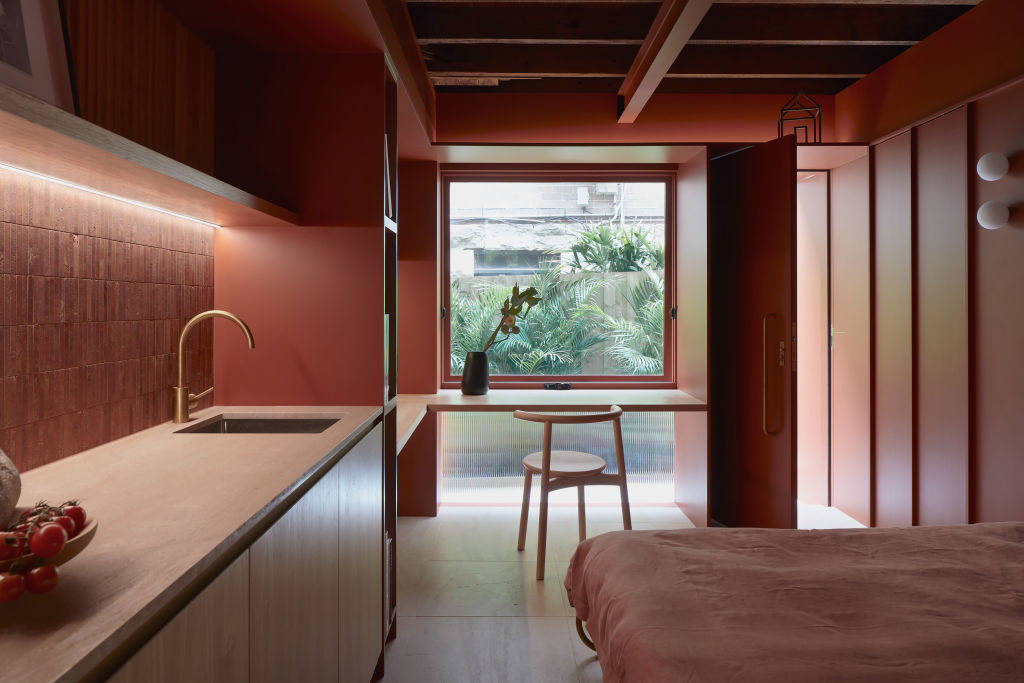
In contrast, beguiling shades of deep green and grey punctuate the kitchen and living zones of Williams Burton Leopardi’s Mount Mac heritage cottage project, nestled within a larger rural estate and working farm in South Australia’s lush Barossa Valley. And the judges were duly impressed by this soul-soothing and entirely appropriate walk on the dark side, awarding the architecture practice a Residential Interiors commendation for the project.
“Grounded by its connection to place, Mount Mac demonstrates an honest design approach to the recrafting of the interior, now oozing with warmth and texture,” says Lee. “Settling into the home, the role of the overall palette becomes evident, its sincerity and simplicity finely balanced with the earthiness of natural finishes in timber, stone and brick”.
Lee makes special mention of the carefully considered pops of colour in the cottage’s furnishings, “especially the inclusion of a light-citrus upholstery, which adds to the overall impression of nuanced effortlessness”.
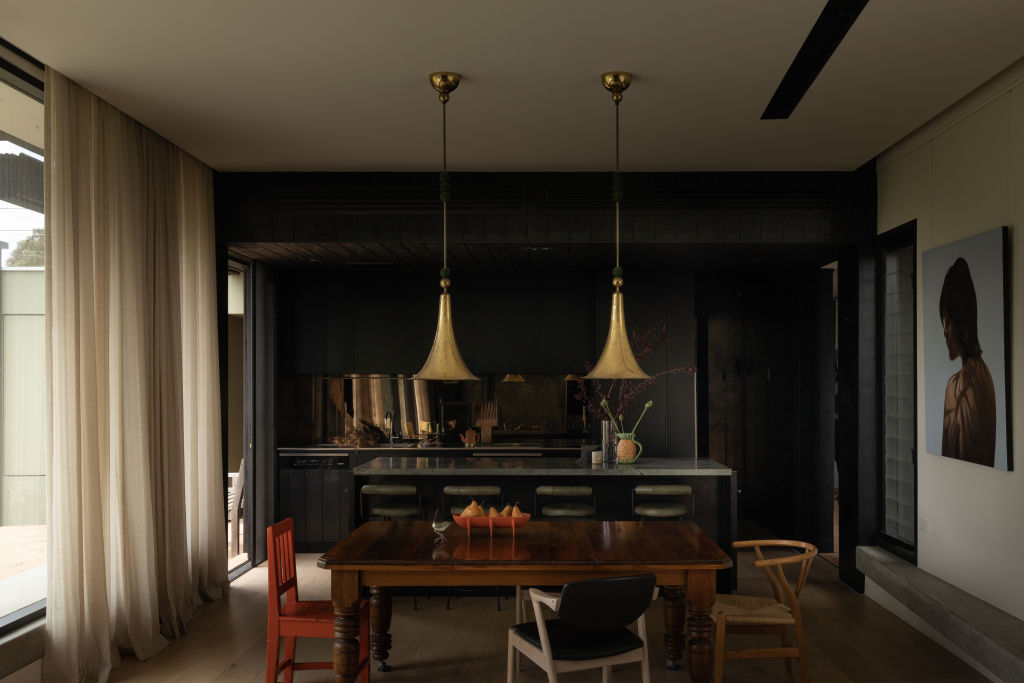
In another category, the impact of a statement hue – in this case, verdant sage green – is on full display in the Postal Hall project by Trower Falvo Architects with Alessio Fini. Taking top honours in the Commercial Interior – Workplace and Retail division, the bookshop within the century-old Postal Hall in Perth’s State Buildings complex has been hailed by judge Byron George, director of Russell & George, as “cohesive, compelling, and extremely clever”.
“Combined with the pops of blue furniture around the bookstore’s perimeter, there is a joy and beauty to this unique project,” says George.
And that can be said of each of this year’s award-winning examples, all of which marshal colour to glorious effect.
“Colour is a powerful and integral design tool,” says Lucena-Orr, “and we are constantly astounded by the level of innovation with which architects and designers employ it”.
2023 Dulux Colour Award Winners & Commendations
GRAND PRIX WINNERS
AUSTRALIA (Also winner of the Commercial Interior- Public & Hospitality category): Darebin Intercultural Centre by Sibling Architecture
NEW ZEALAND (Also a commendation in the Commercial Interior – Public & Hospitality category): St James Theatre (NZ) by Shand Shelton
RESIDENTIAL INTERIOR
Winner: Alma Road Residence by Studiofour
Commendation: Studio Elroy by Lintel Studio for Architecture
Commendation: Mount Mac by Williams Burton Leopardi
SINGLE RESIDENTIAL EXTERIOR
Winner: Nightlight (NZ) by Fabric
COMMERCIAL INTERIOR – WORKPLACE AND RETAIL
Winner: Postal Hall by Trower Falvo Architects with Alessio Fini
Commendation: Insight Body & Mind by Biasol Studio
COMMERCIAL INTERIOR – PUBLIC & HOSPITALITY
Winner: Darebin Intercultural Centre by Sibling Architecture
Commendation: S’Wich Bondi by Studio Shandi
Commendation: St James Theatre (NZ) by Shand Shelton
COMMERCIAL & MULTI-RESIDENTIAL EXTERIOR
Winner: Phive Community, Cultural and Civic Hub by DesignInc Sydney
STUDENT CATEGORY
Winner Australia: Hues of Mount Kunanyi by Ruby Shields, Royal Melbourne Institute of Technology
Winner New Zealand: The Canopy Bench by Augustina Binyamin, Victoria University
We recommend
States
Capital Cities
Capital Cities - Rentals
Popular Areas
Allhomes
More





